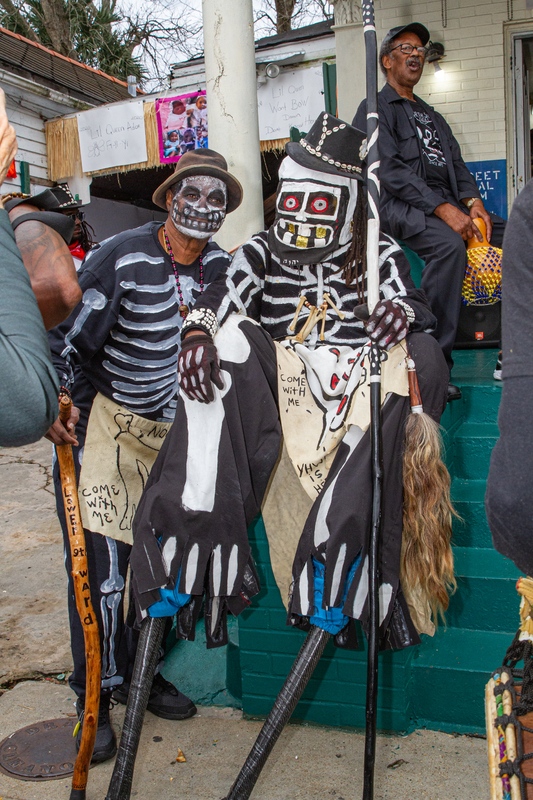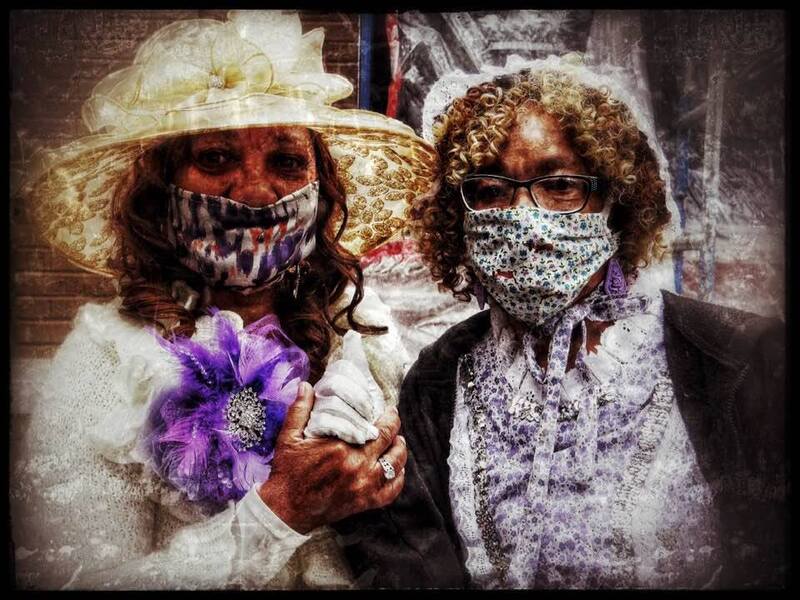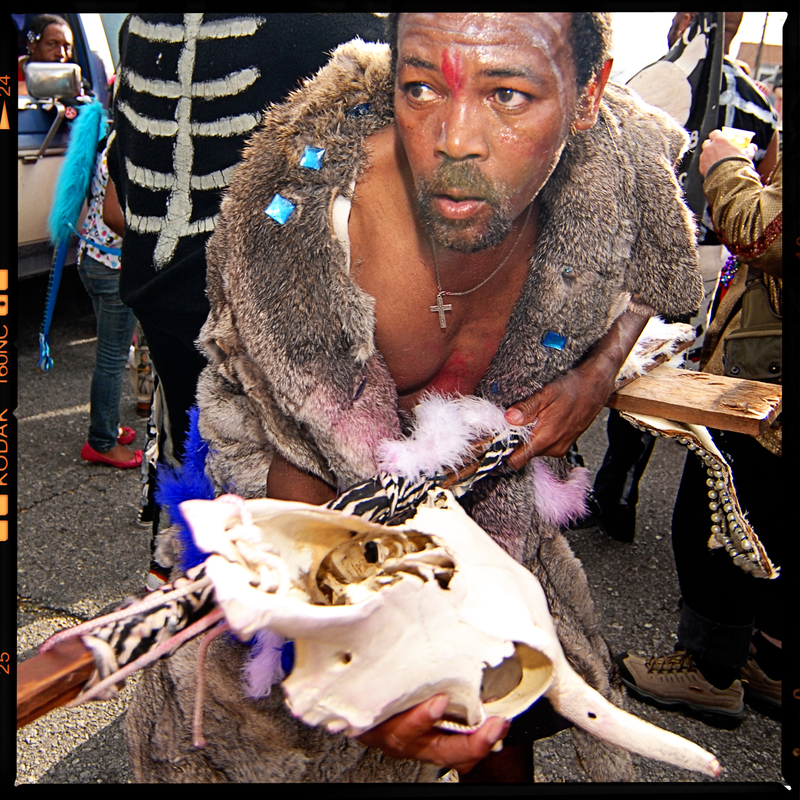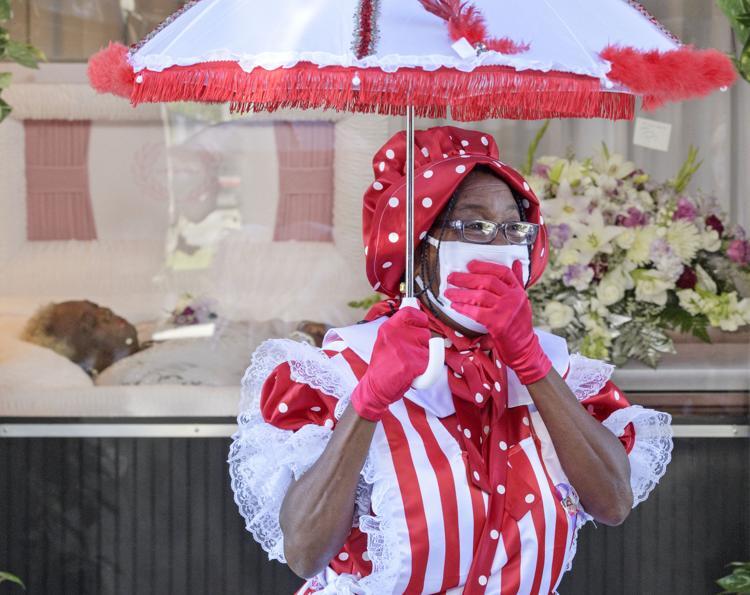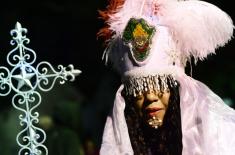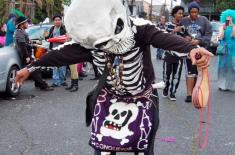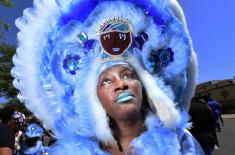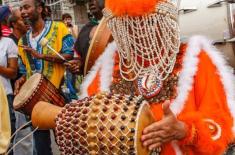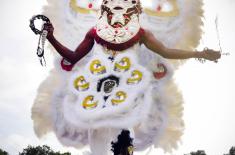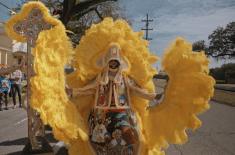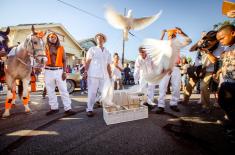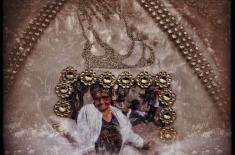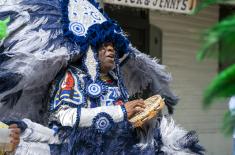In Memoriam
Mystery in Motion: African American Spirituality in Mardi Gras
New Orleans is a unique place to live, and to die. The dead are usually placed in aboveground crypts in cemeteries sometimes referred to as "cities of the dead.” And here, not all funerals are somber and solemn recognitions of death, but are often energetic celebrations of life. In the pervasive “second-line” tradition that is a component of many local African American funerals, family and friends of the deceased parade and dance to upbeat brass band music as they leave the cemetery.
The exceptional character of such funerary practices can be traced back to religions and traditions in Africa. There, death is not the end of life, but merely the separating of the body and the soul, and ancestors’ spirits continue to communicate with their living relatives to help them meet real-life challenges. In New Orleans, the communion of the living with the departed is realized in special ways during Mardi Gras, as exemplified by the Northside Skull and Bone Gang’s emergence from the cemetery before dawn and the Mystic Seven Sisters’ ritual stop at the Tomb of the Unknown Slave at St. Augustine Catholic Church. Many Black carnival maskers also participate in the Backstreet Cultural Museum’s All Saints’ Day parade on November 1, which honors those who have passed away in the previous year.
Tragically, the COVID-19 pandemic has made funerals more frequent, while also forcing both funerary practices and masking events into isolation or hibernation. But as this exhibition seeks to illuminate, some extraordinary New Orleans culture bearers will always find creative ways to celebrate life and commemorate death communally.
Mystery in Motion: African American Spirituality in Mardi Gras
Online Exhibition

